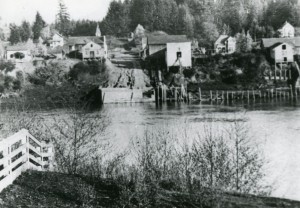
View of Butteville from across the Willamette River, circa 1910. WHC 0082.002.0022.059
On a beautiful February day last week, I took a family history drive to the Butteville area hoping to photograph the Willamette River view my grandparents would have enjoyed from their home along the river in the early 1950s. As I wound my way through the quiet countryside my mind wandered back in time to what the community must have been like in earlier years.
The French-Canadian fur trappers working the area for the Hudson Bay Company during 1820-1830 knew that spot along the river as La Butte, named for a small basalt outcropping. It was a convenient docking point for their canoes and flat boats after a full day of travel on the upriver trip from Willamette Falls.
We know from early land surveys that territorial land claims were filed by retired Hudson Bay Company employees, French-Canadians Alexis Aubichon and Jos. LaForte. Aubichon arrived in 1840 and claimed the land adjacent to the river that would become the west half of Butteville. He constructed a landing or docking point that became known as Obeshaw’s. LaForte married Aubichon’s youngest daughter Sophie in 1845 and claimed the area east. The road leading to Obeshaw’s landing was the boundary line around which the city of Butteville would later be platted.
Conflicting information exists about which group surveyed and laid out the town. An 1875 Oregonian newspaper account written by resident W.H. Rees states, “the village was surveyed into blocks and lots for John McCadden of the Willamette Settlement in 1844” and christened Oxford. Another account found in General Joel Palmer’s journal claims it was a partnership between Methodist missionaries George Abernathy and Alanson Beers in 1845. The Spectator, an early newspaper out of Oregon City also substantiates this claim and includes information about a warehouse built by George Abernathy which became the first building on the site of Butteville.
And yet a third account, credits Francois “Francis” Xavier Matthieu, whose donation land claim sits approximately a mile southwest of the river landing. After purchasing the land in 1845 he went into partnership with George LaRoque and opened a store and warehouse. At the time the community was referred to interchangeably as Oxford, The Buttes, or Butteville. According to the book Willamette Landings, the storekeeper may have been responsible for the first actual platting of the town in 1851. Seven years after the initial claim of John McCadden.
Though discrepancies exist about the early history of Butteville, all sources agree that the village was located on the land claims of Aubichon and LaForte. And whomever surveyed and organized the town, it would play an important role in the future and development of Oregon as an agricultural producer.
Prior to 1846 when the United States took full possession of lands south of the 49th parallel, the Hudson Bay Company held Willamette Valley agriculture, mainly wheat, in an iron fisted grip. They controlled the price, method of shipment and processing of flour. Wheat grown by farmers on the French Prairie, many of whom were retired HBC employees, had to be delivered to the company warehouse in Champoeg upon which a receipt was granted which could be exchanged for goods at Ft. Vancouver. From 5,500 bushels in 1837 it grew to over 10,000 by 1843 at which point the HBC started an export market to China, Alaska and Hawaii according to HBC records. As British authority diminished, enterprising American settlers entered the market, building warehouses along the Willamette, including Matthieu and LaRoque in Butteville.
By 1851 more than 60 ferry and steamboat landings existed on the upper river above Willamette Falls in Oregon City, replacing earlier canoes and flatboat traffic at Obeshaw’s landing. Butteville continued to prosper through this period as a large shipper of wheat, hops and other agricultural products. The Historic Atlas Map of Marion & Linn County dated 1878 gives us a glimpse into the thriving city of Butteville with home sites marked, as well as an Episcopal church, public school, Masonic and Odd Fellows Hall, post office, grange hall, vinegar factory and a warehouse with the name La Roque.
Butteville’s luck changed however when the Oregon & California Railroad extended their line from Oregon City through Canby and on to Aurora. Transport of agricultural products began to shift to the railroad at Aurora. Then in 1907 the Willamette & Pacific Railroad crossed the Willamette River at Wilsonville with stops on Arndt Rd., Fargo and Donald. The result was the end of the stern-wheeler era. Grain from French Prairie and other farm produce found cheaper more accessible transport on the new rail lines.
The town along with its road down to the river landing began to fade back into the once quiet, rural countryside it started as. Mother Nature took back the road down to the river landing and many of the town’s buildings fell into disrepair. Today, the town of Butteville is marked by the Butteville Store now owned and operated by the Oregon Parks and Recreation Department to serve both the community and Champoeg State Park visitors. A store that in one form or another, despite a devastating fire in 1975, remains to this day.
This article was written by Kaylyn F. Mabey for the Statesman Journal where it was printed 18 February 2018. It is reproduced here with sources for reference purposes.
References:
- Willamette Landings: Ghost Towns of the River, Howard McKinley Corning, p. 70-77
- Marion County Pioneers: A Study of the Inhabitants Listed in the 1850 Federal Census, Shirley H. O’Neill, p. 30, 52-53
- “Across the Centuries” Statesman Journal, 13 Apr 2003, p. 1D, 5D
- Plat Map of Butteville, 1878 Illustrated Historical Atlas Map: Marion and Linn Counties, p. 28



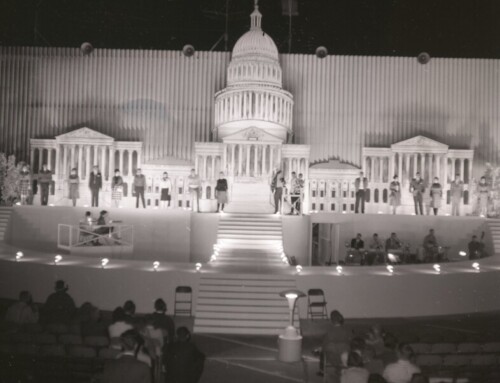
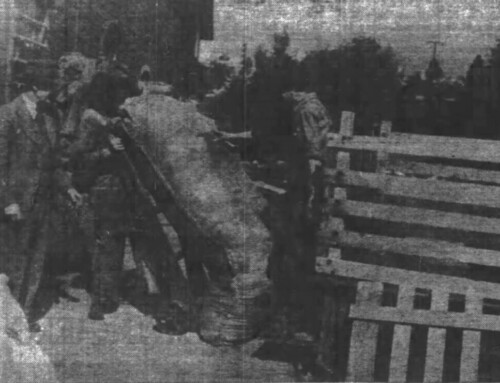
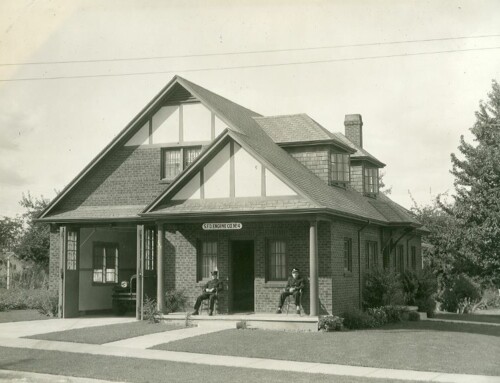
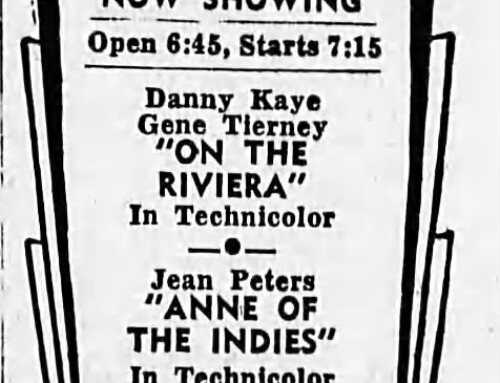
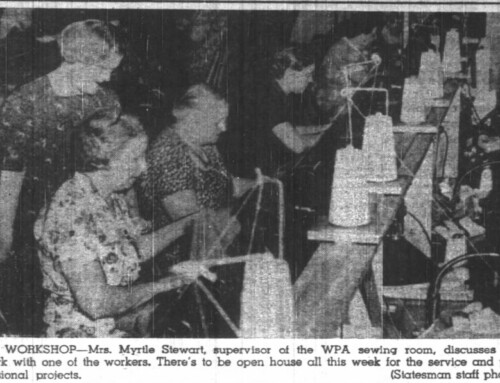
Thank you for this interesting article. My husband and I just enjoyed a quiet morning at the little park area located at the landing. Was really nice to read a little more history about it. Thank you.
My great grandfather was F. X. Matthieu. I am so proud of our family roots .